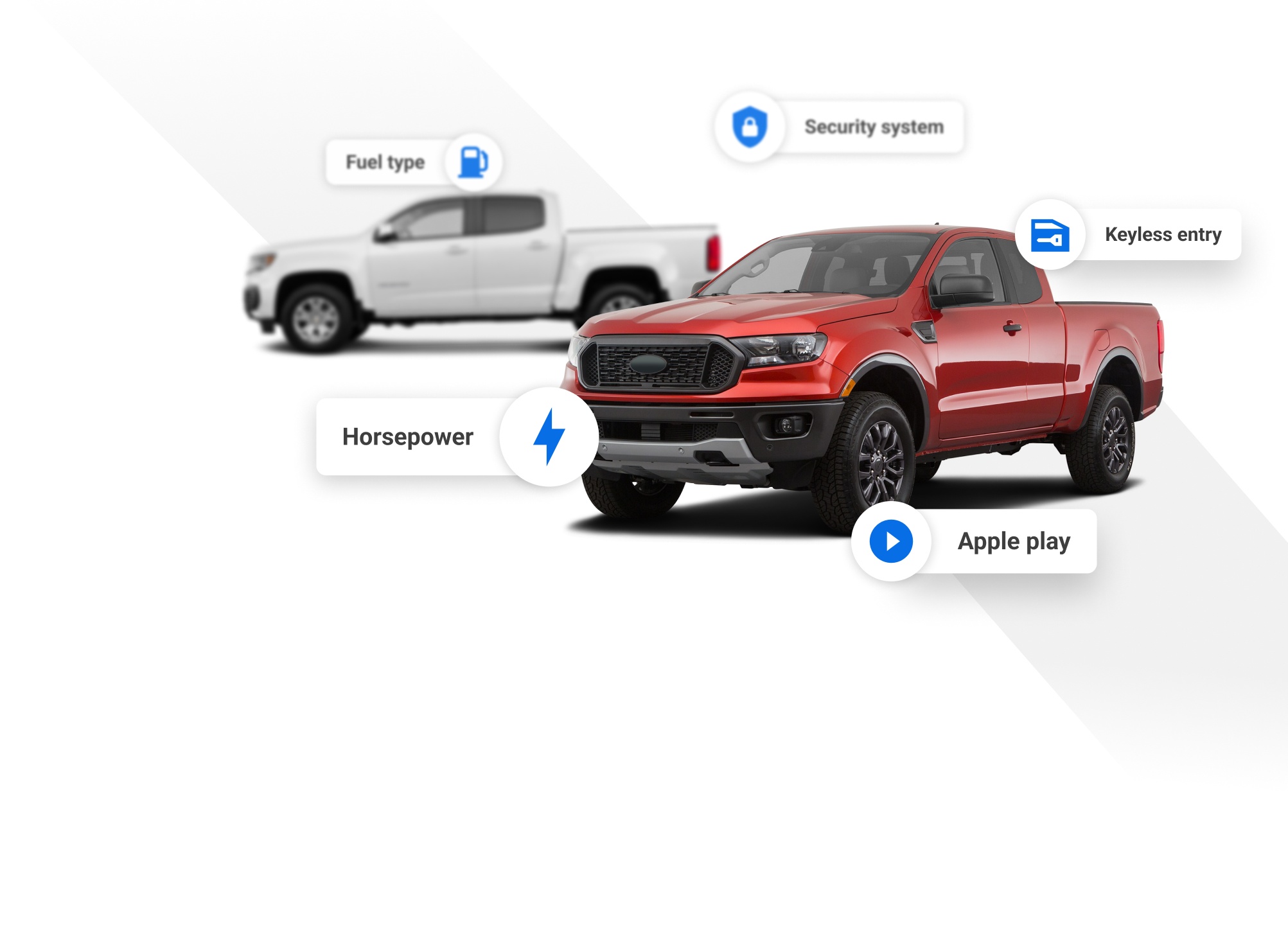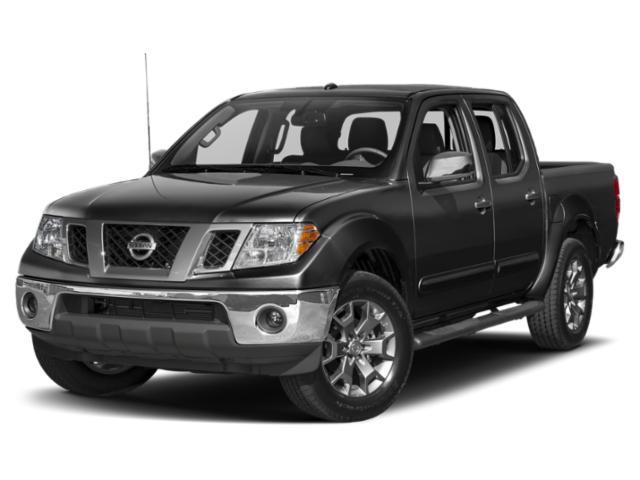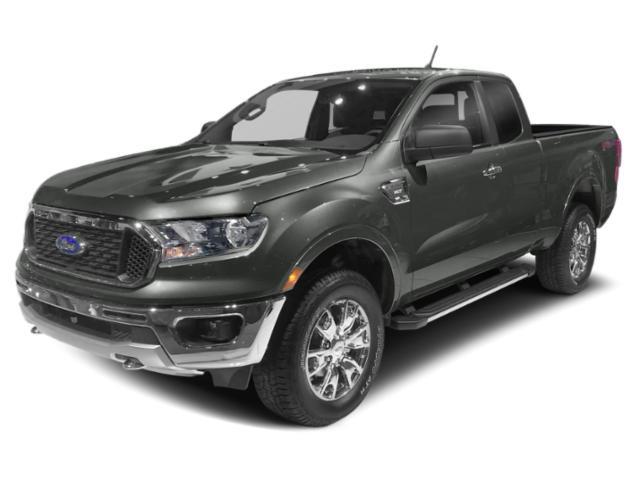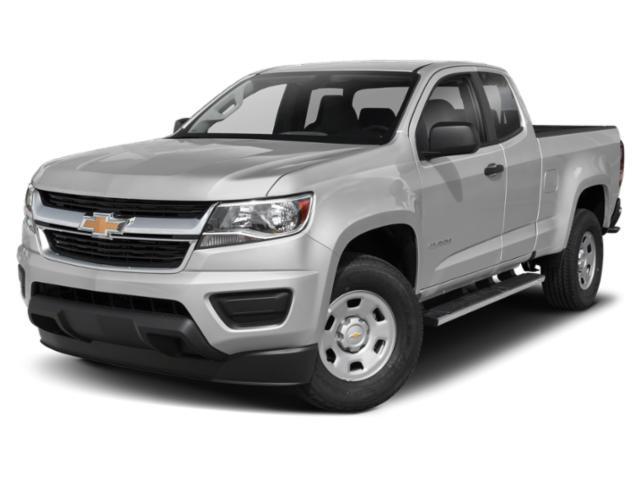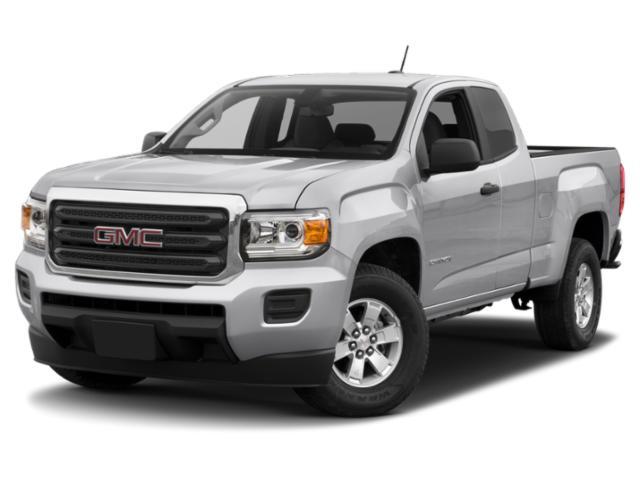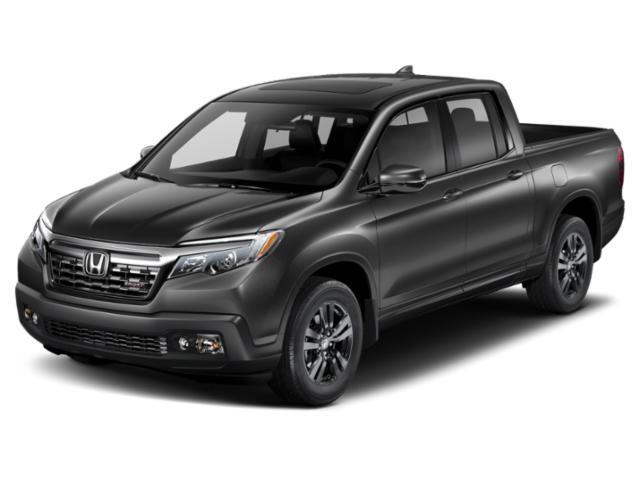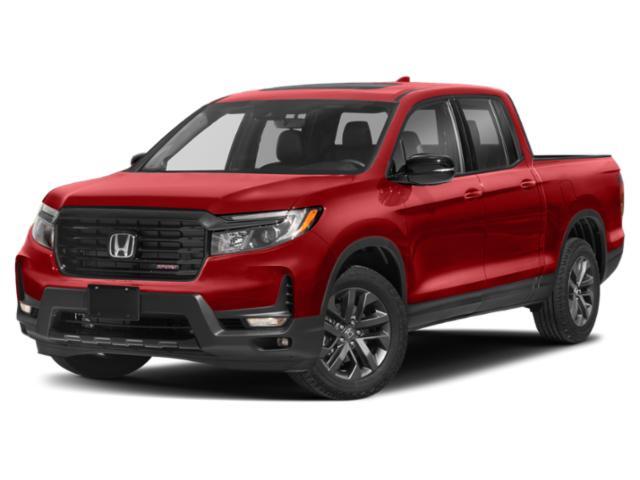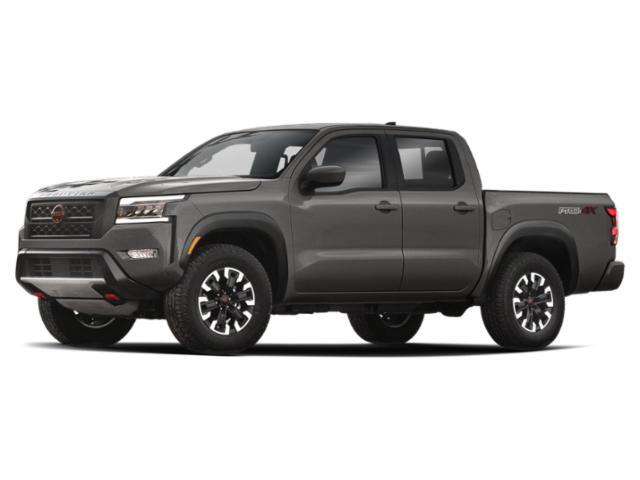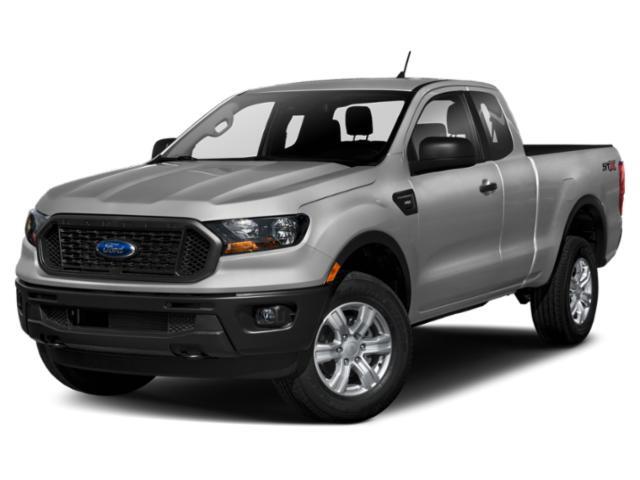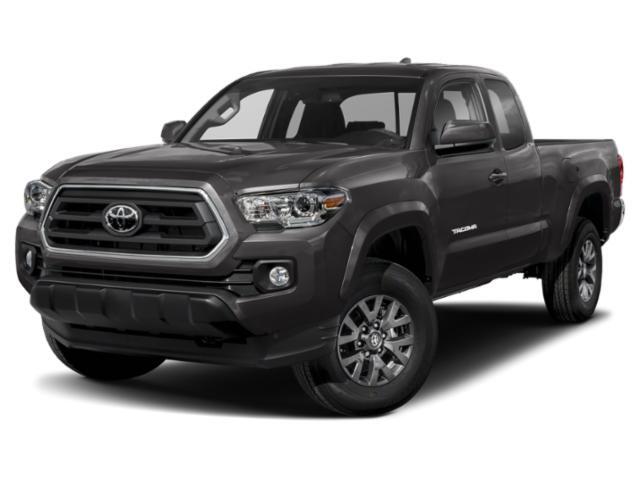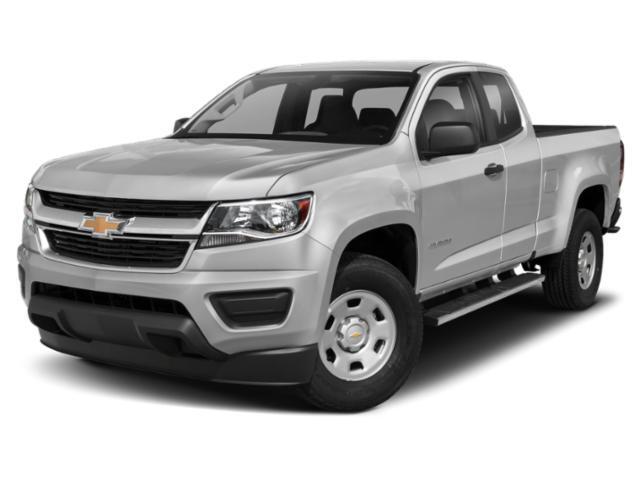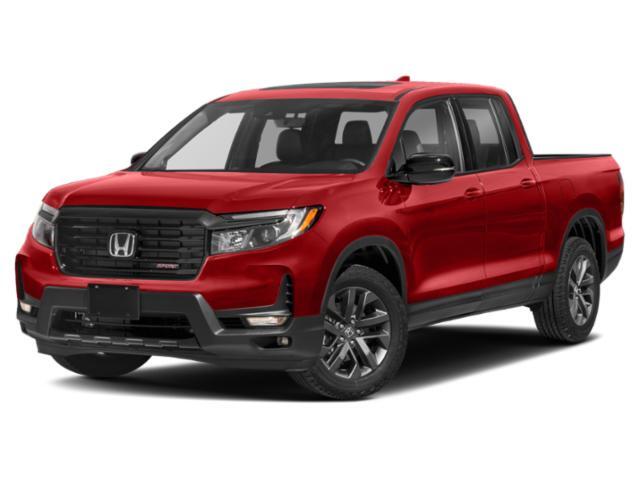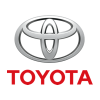
2019 Toyota Tacoma

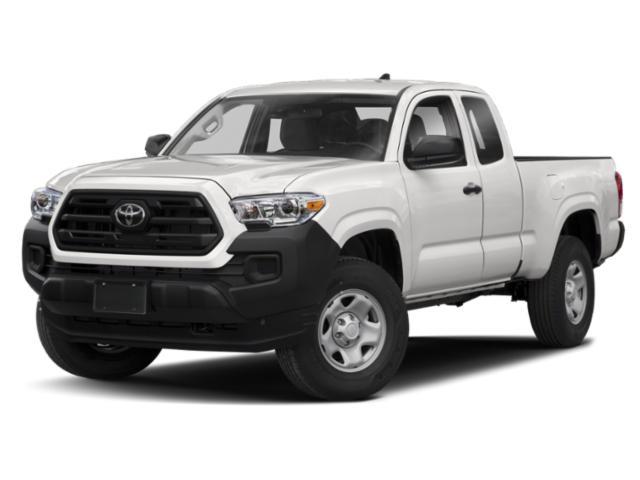
Key Specifications for 2019 Toyota Tacoma






Buyer’s Guide
Toyota is a long-time player in the compact and mid-size pickup market, having sold its uncreatively named Toyota Pickup in North America for nearly two decades before renaming it Tacoma in 1995.
Tacoma entered its third generation in 2015, and that design carries over for 2019 with small changes: all versions now have two USB inputs for the audio system, and Toyota has enhanced the truck's off-road-readiness with a pair of new TRD Pro trim levels.
As before, the Tacoma comes with a choice of 2.7L four-cylinder (159 hp/180 lb-ft of torque) and 3.5L V6 (278 hp/265 lb-ft) engines. Only the smaller engine can be had with rear-wheel drive, while 4x4 is an option there and is standard on all V6-powered trucks. A six-speed automatic is the standard transmission in all but two trims: the TRD Off-road and TRD Sport versions start out with a six-speed manual.
Available configurations include Access Cab, which has a pair of barely usable rear seats, and Double Cab, with its proper rear doors and three-place rear bench seat, and there are short and long cargo beds.
The new TRD Pro packages are options on the TRD Off-Road and TRD Sport trims, and boast a high-mount desert air intake, upgraded stereo, new underbody skid plate design and a sunroof. Those items are in addition to Fox shock absorbers with remote reservoirs, specially tuned springs and shocks, black leather seating, special grille and a variety of TRD Pro interior and exterior parts.
We suspect these new packages are a response to a resurgence in pickups built for rough going, or that at least look like they are. That's a trend that started with the Ford F-150 Raptor and propagated by trucks like the Chevrolet Colorado ZR2 Bison. It also points to the popularity of mid-size trucks in general as an attractive alternative to ultra-popular full-size models like the F-150, Chevrolet Silverado/GMC Sierra and Ram 1500.
What we really wish Toyota would change is the Tacoma's weird seating position, which is a hybrid of truck and car: you have to climb up, but then duck under the low roofline to get into a seat that puts your legs way out in front of you instead of sitting you up straight like in most trucks. There's also not a lot of headroom. General Motors did up a better cabin design in its Colorado/GMC Canyon twins.
Toyota says the Tundra will tow up to 2,950 kg and boasts a maximum payload of 680 kg.
Fuel consumption estimates are 12.1/10.1 L/100 km (city/highway) with the four-cylinder engine and 2WD, and 12.7/10.6 when 4WD is added. Six-cylinder trucks are rated 13.0/10.5 with the automatic and 13.8/11.7 with the six-speed stick.
Review & Compare:
Photos

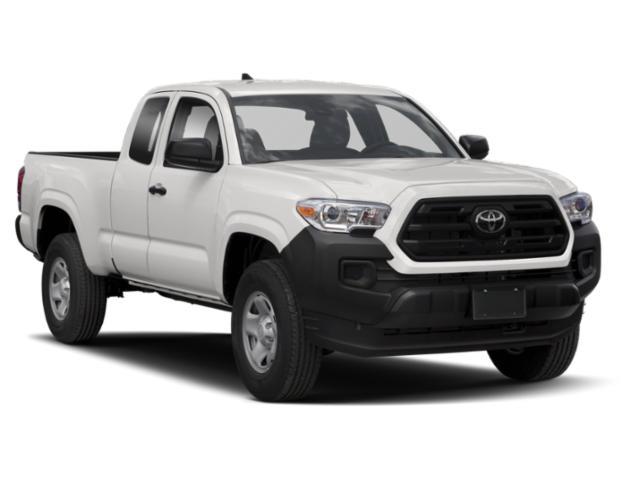
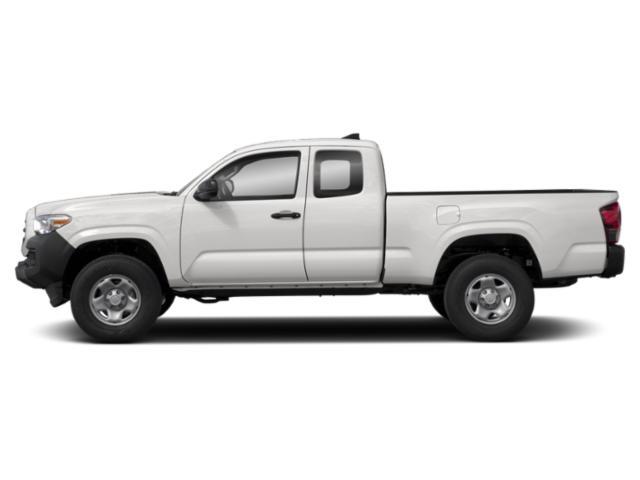

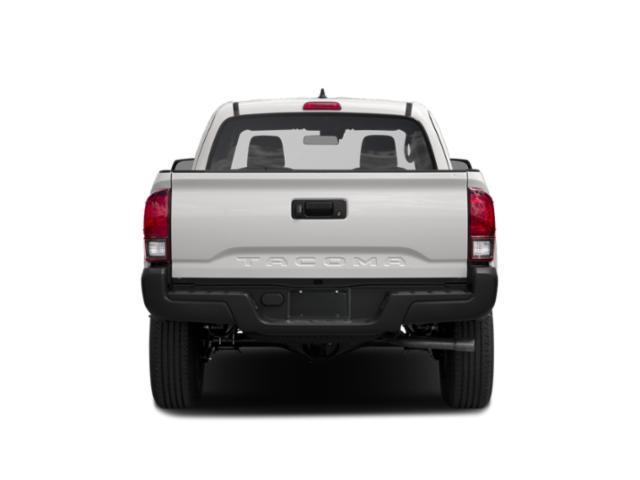
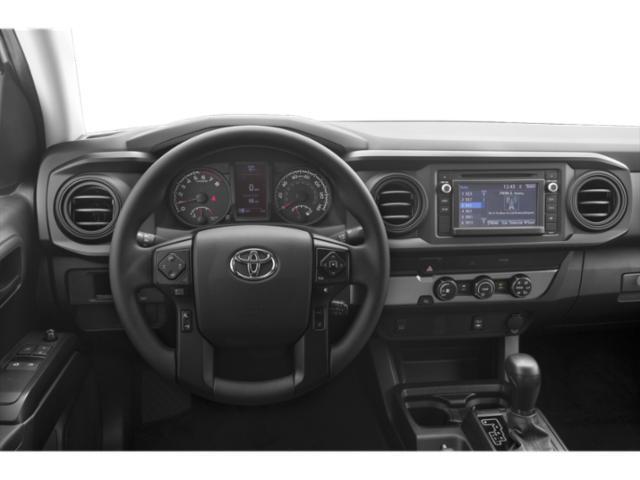
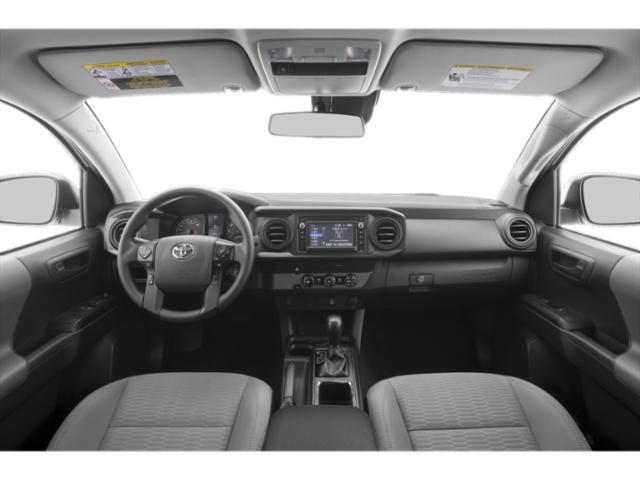
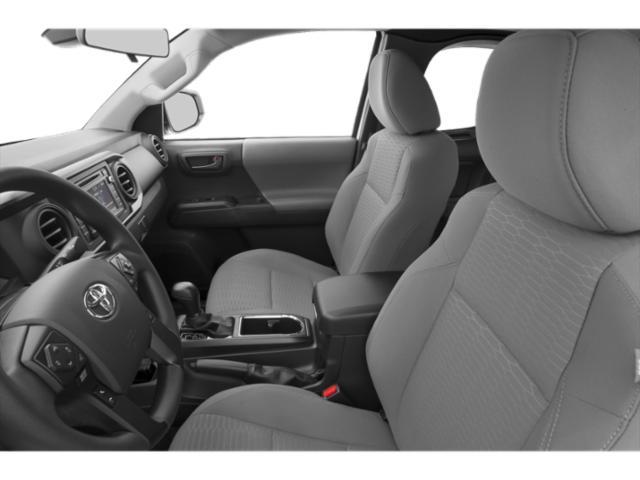
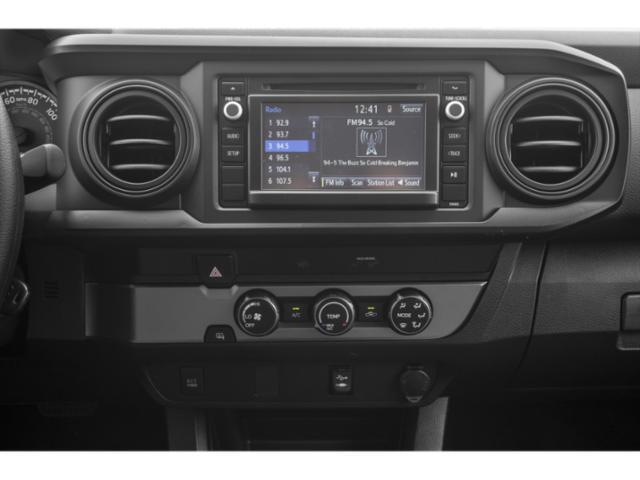
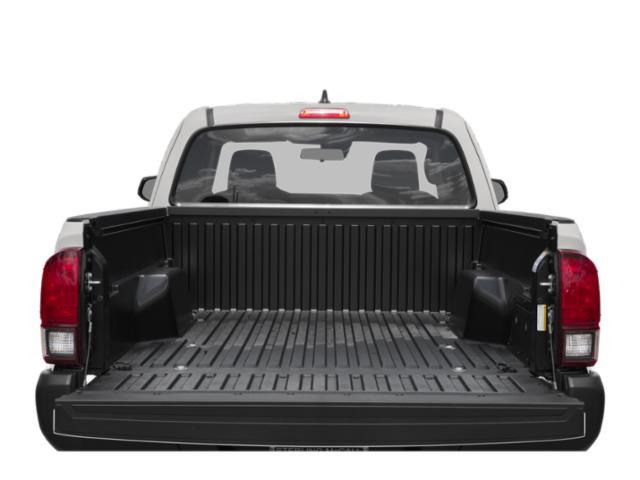
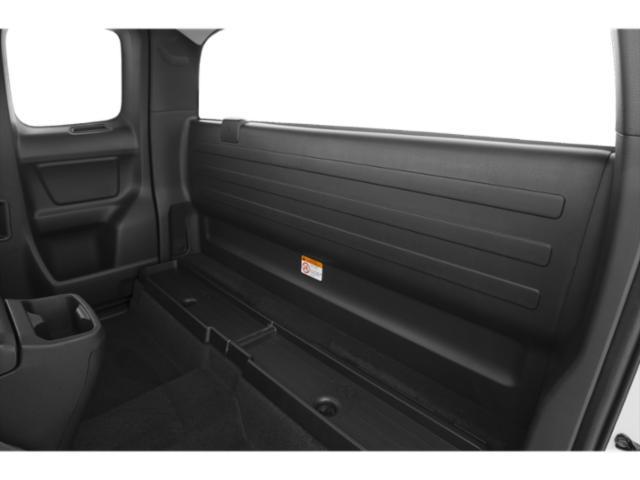
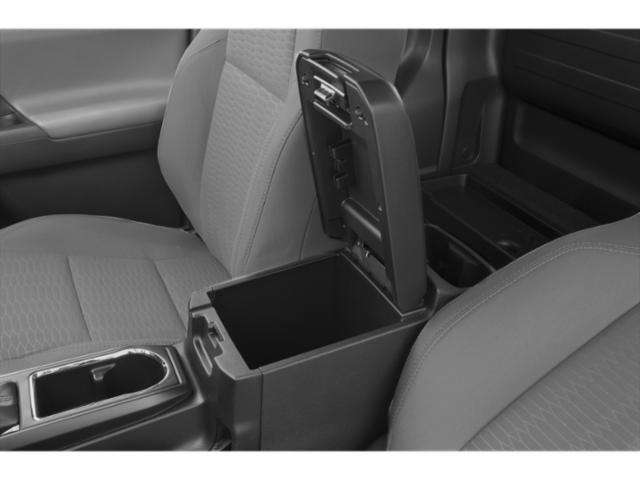
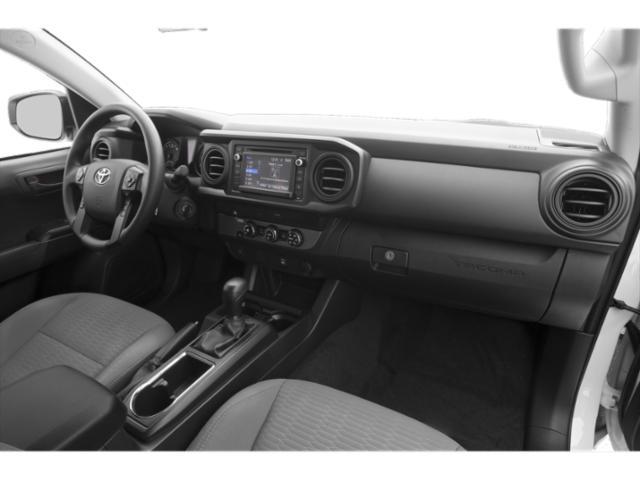


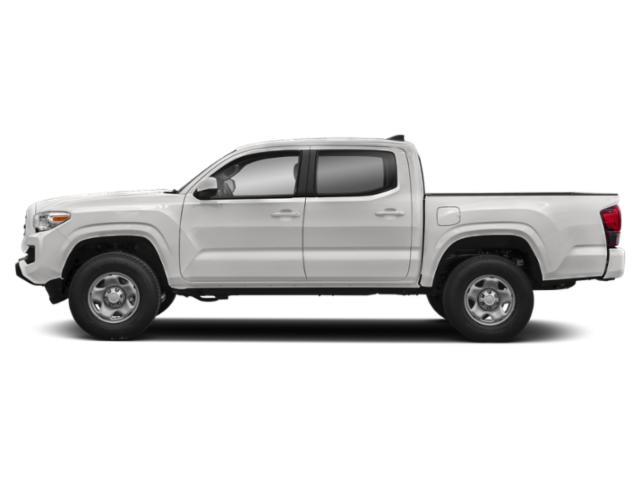
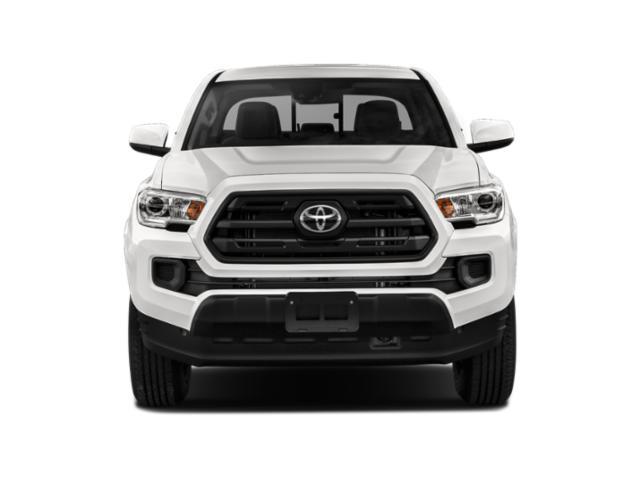

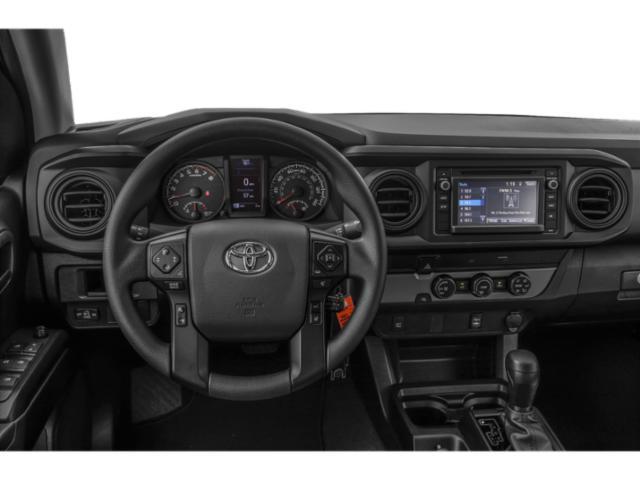
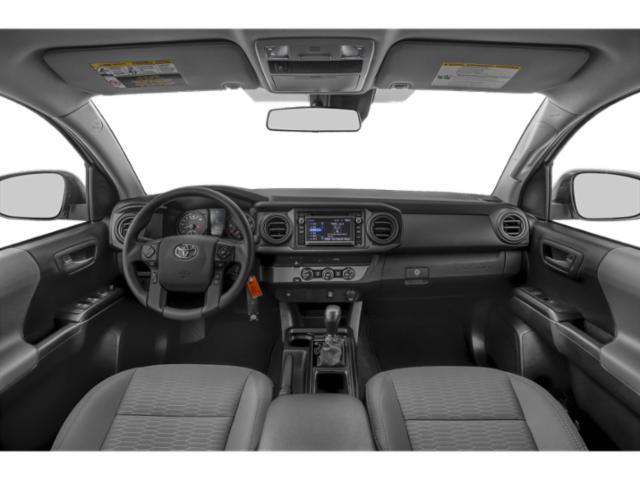
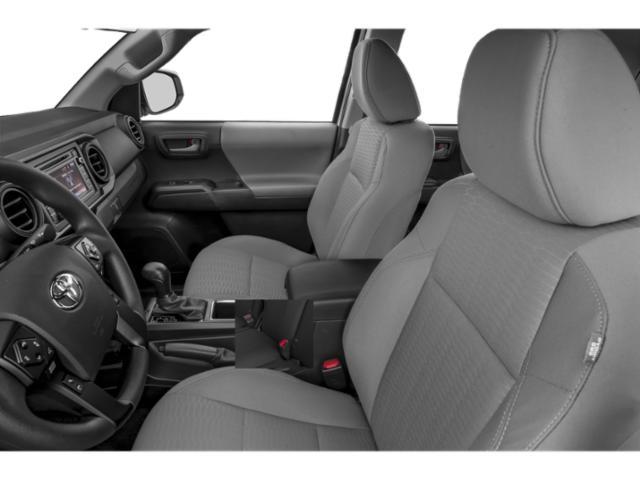
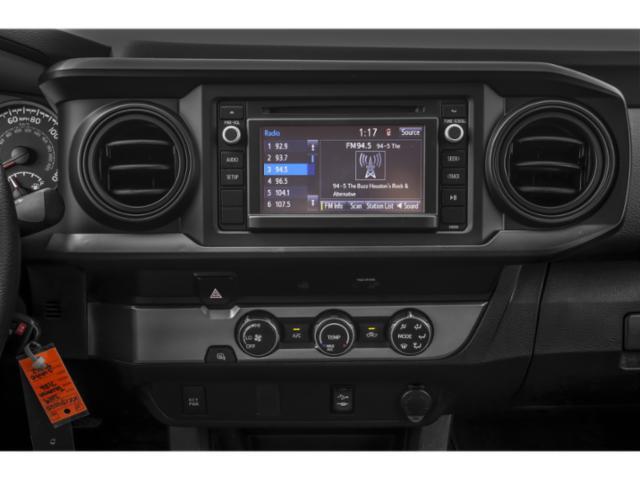
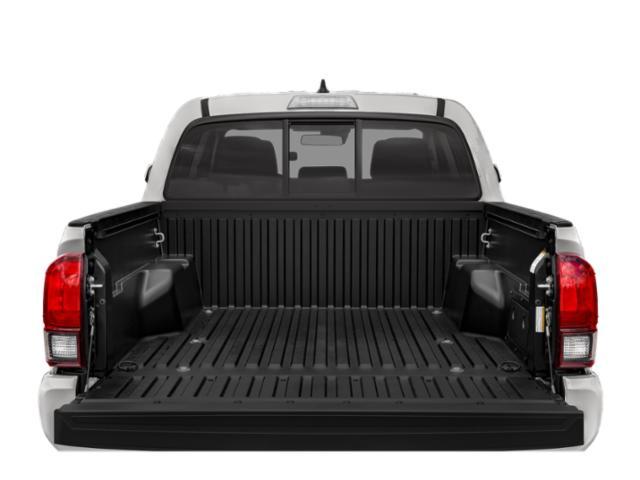
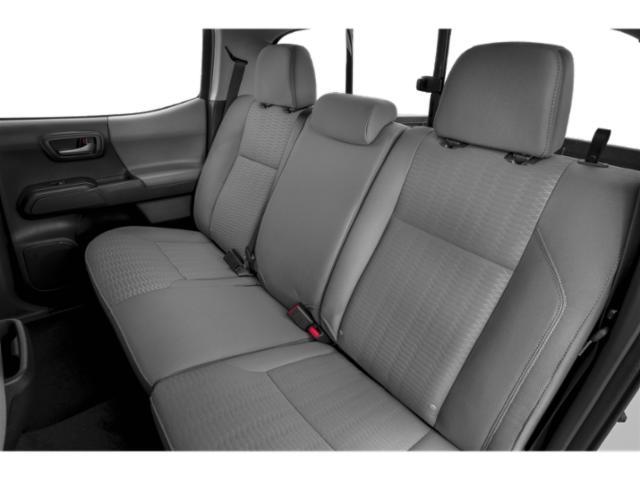
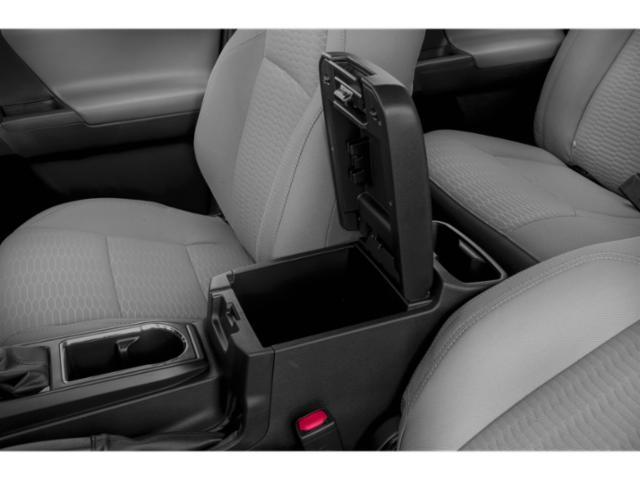
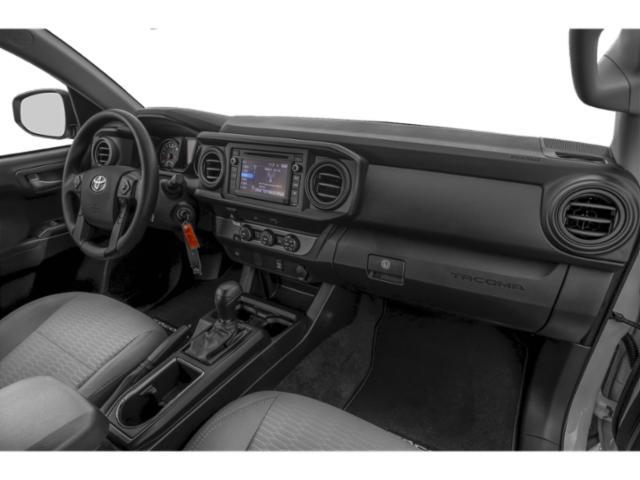
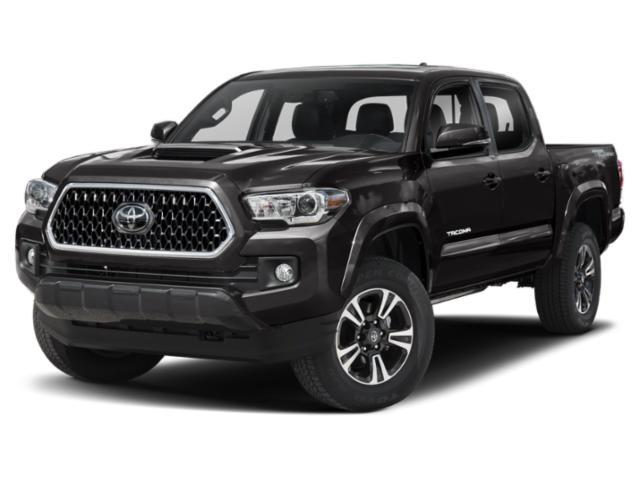
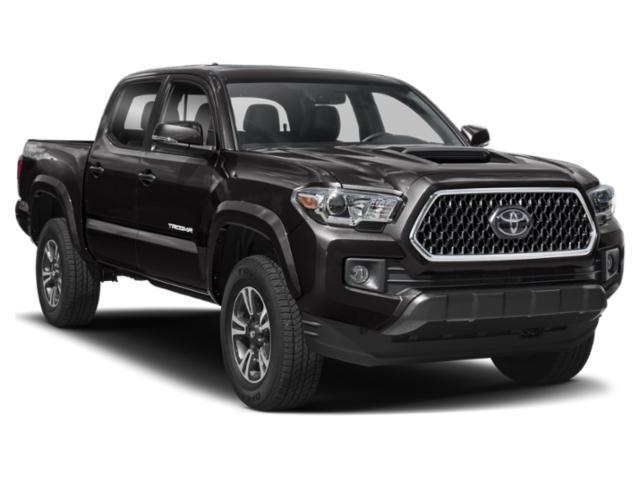

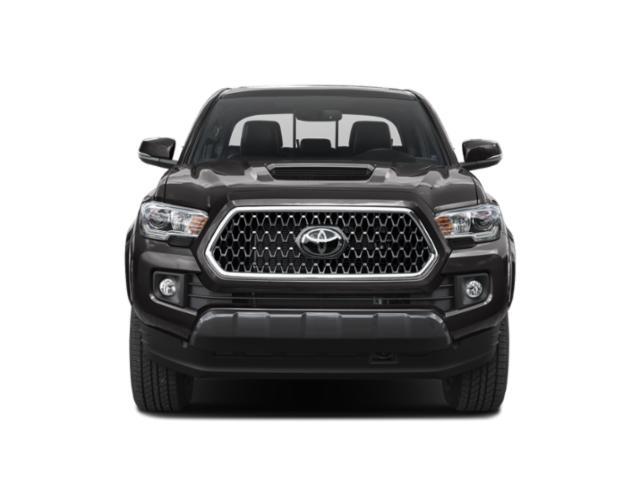
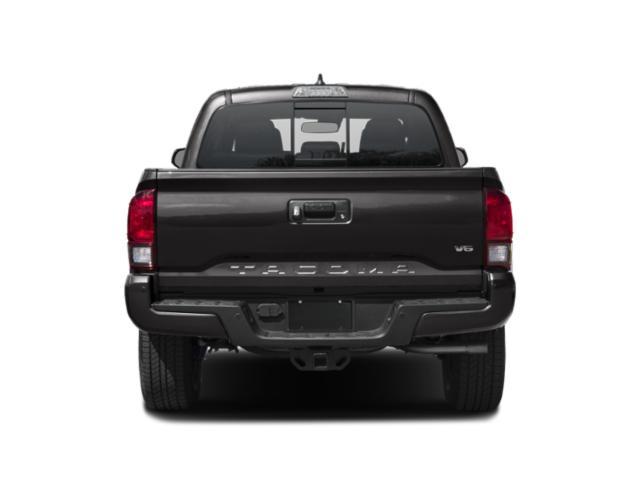
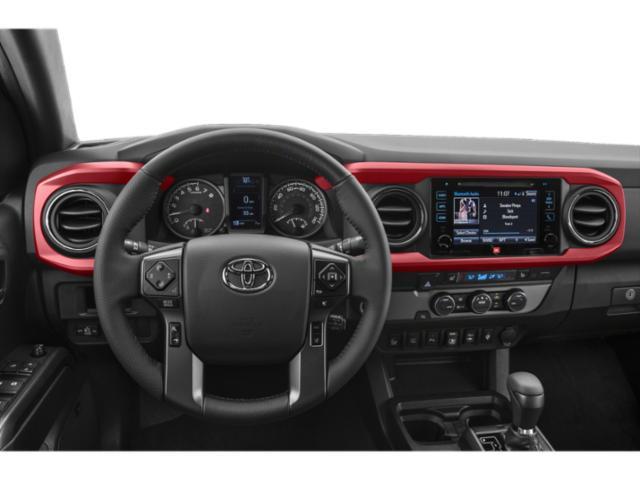
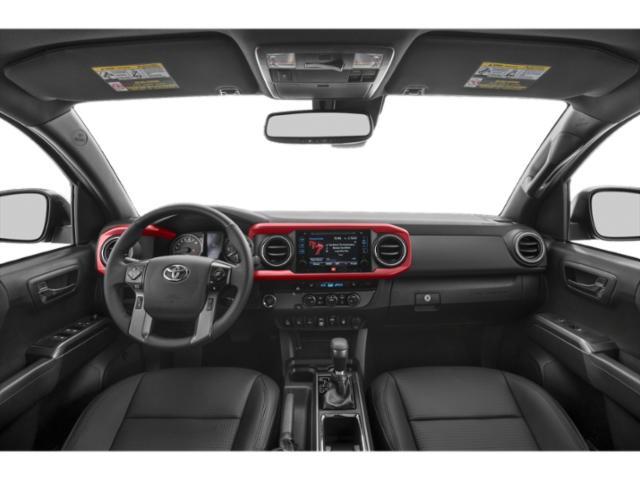
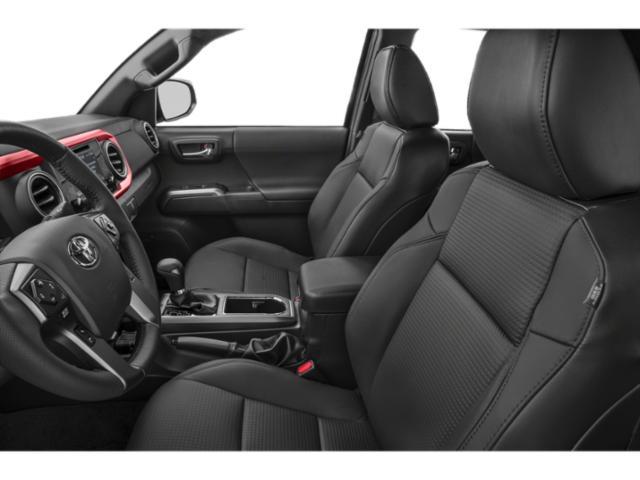
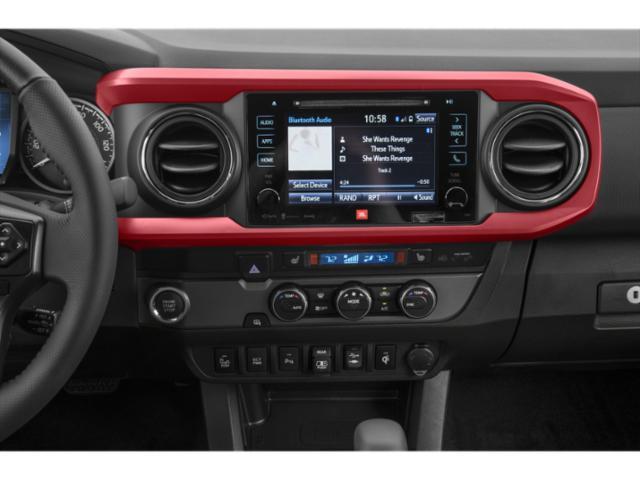
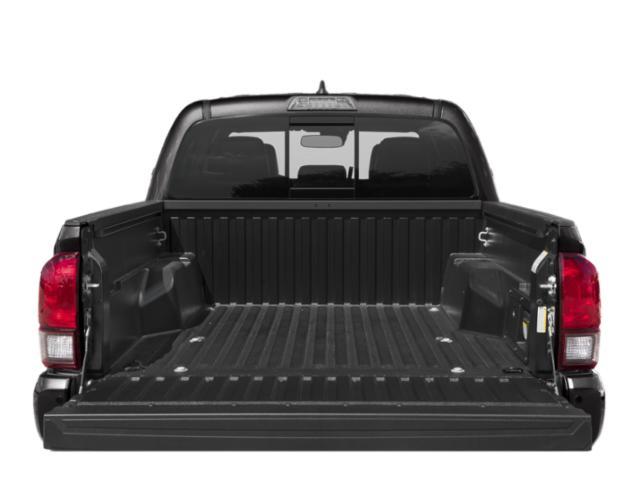
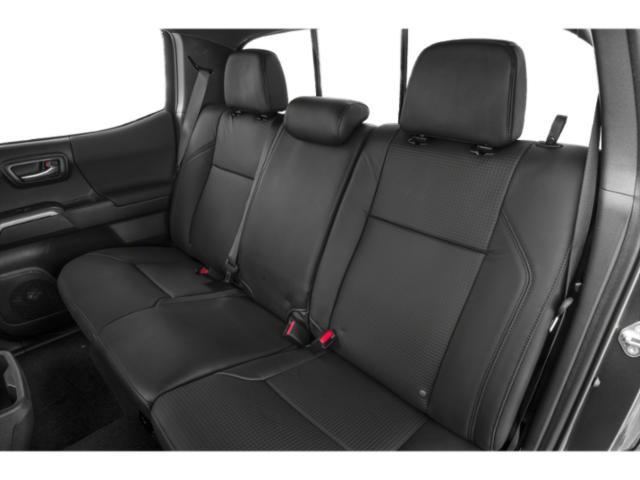
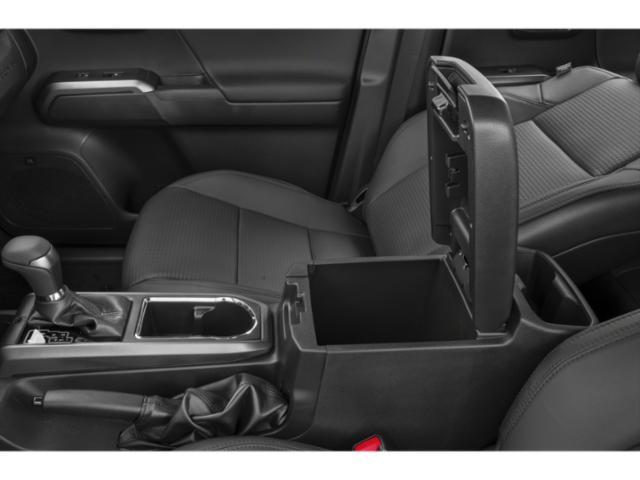

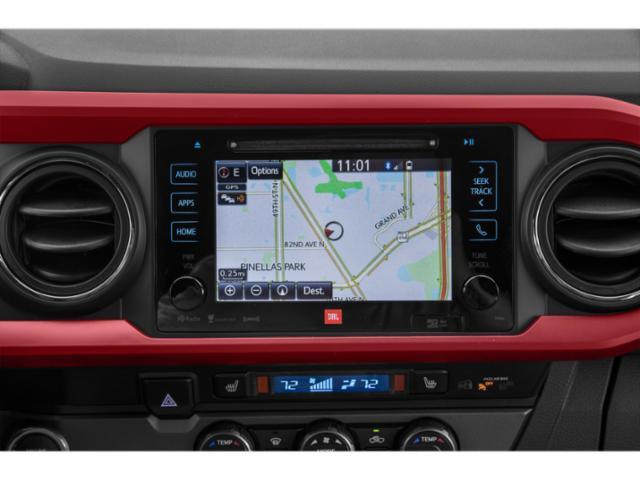
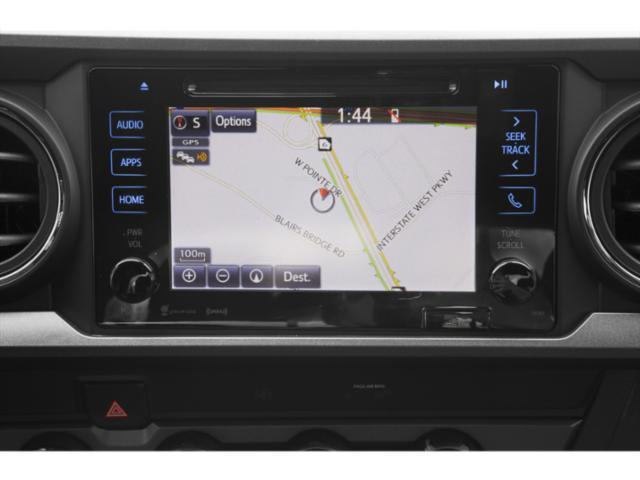









































AutoTrader Review





